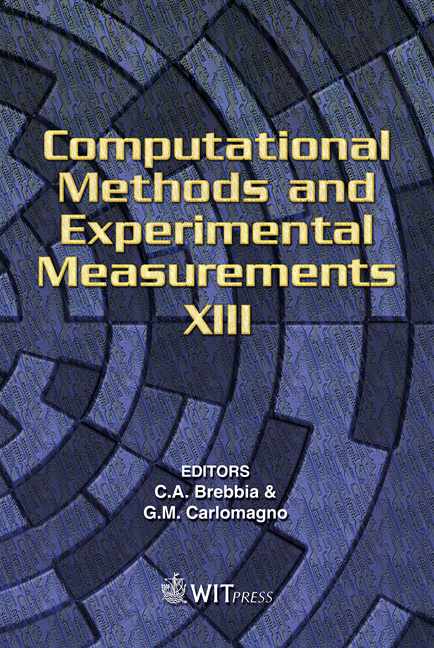A Newly Developed Test Rig For The Study Of Thermal Fatigue
Price
Free (open access)
Transaction
Volume
46
Pages
10
Published
2007
Size
2,901 kb
Paper DOI
10.2495/CMEM070051
Copyright
WIT Press
Author(s)
M. Fazarinc, R. Turk, G. Kugler & M. Terčelj
Abstract
For simulation and better study of thermal fatigue, a new test rig has been developed. The rig has computer guided heating and quenching of the specimen that enables constant thermal loading and gathering of reliable experimental data. At the same maximal testing temperature it is possible to generate different and higher temperature gradients in comparison to other tests. The cooling rates that were measured were almost 4000 °C/s, which is considerably higher than the known rates so far measured (calculated) in cases of thermal fatigue cases (500– 1000 °C) and thus fewer cycles to crack nucleation were needed. Verification of the abilities of the rig was carried out with specimens (AISI H11 tool steel) which had different wall thicknesses (2.75–4 mm) and different surface qualities (heat treated and gas nitrided). The gas nitrided specimens exhibited lower thermal fatigue resistance. The shape of cracks was a grid, which is a typical characteristic of tools subjected to thermal fatigue (tools for hot forming of materials, etc.). Some specimens were additionally mechanically loaded and cracks that were at right-angles to the direction of the compression force were essentially detained; their nucleation and growth were suppressed. The measured temperatures in the surface layer were used to calculate the initial stress field using the Finite Element Method (FEM). The computed results matched well with the experimental data on the number of cycles needed for crack initiation. Keywords: test rig, thermal fatigue, tool steel AISI H11, FEM analysis.
Keywords
test rig, thermal fatigue, tool steel AISI H11, FEM analysis.





